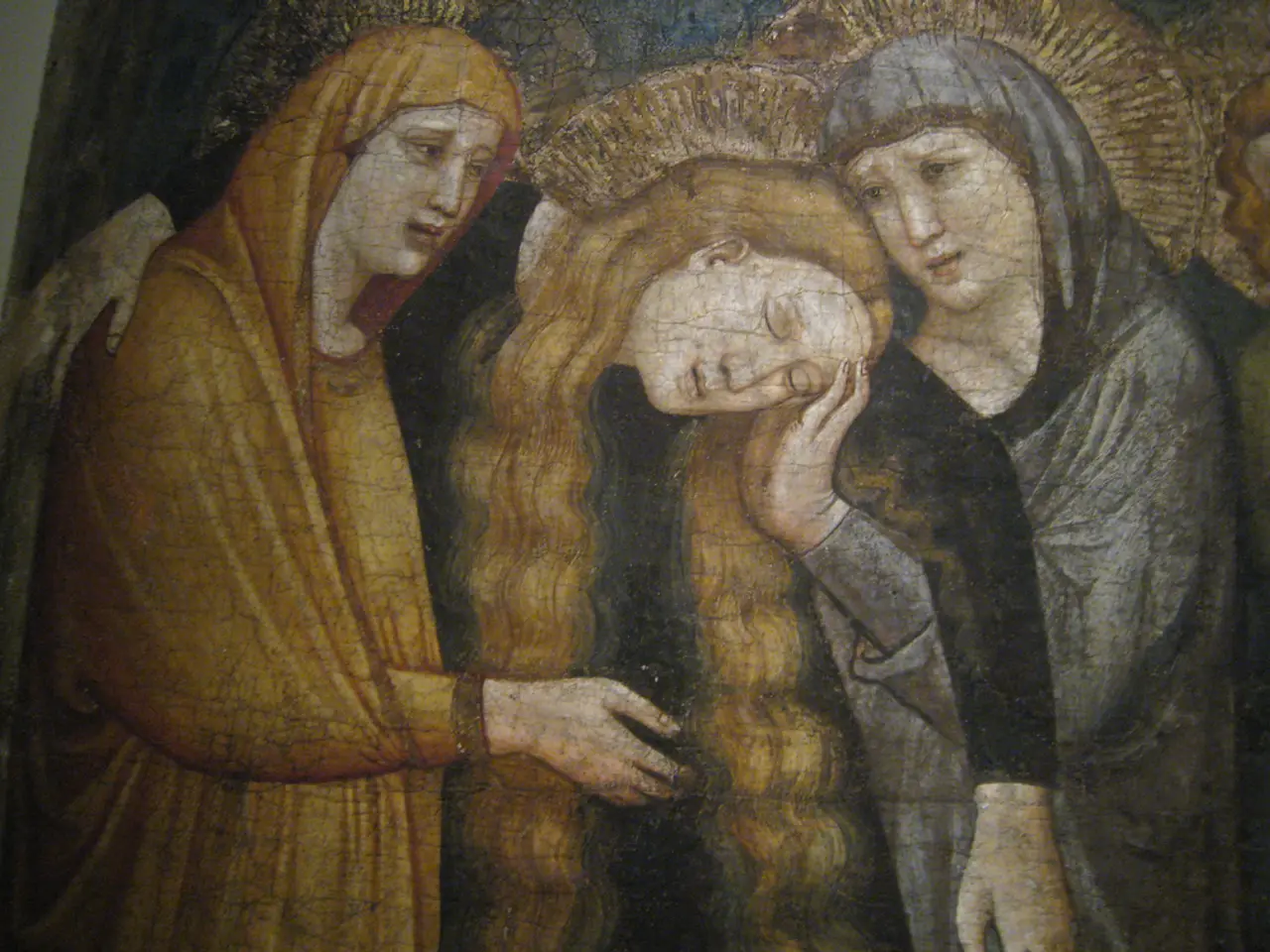Brain and Cognition Influence: Exploring the Impact of Art and Aesthetics on the Mind
Art and beauty have been an integral part of human culture since our earliest days, and their influence extends far beyond the realm of aesthetics. From sparking emotional responses to enhancing cognitive abilities, the power of art and beauty is undeniable.
Our interactions with art and beauty can lead to strong emotional responses, often due to their evocative nature. These emotional responses, in turn, can affect our memory. Aesthetic experiences can trigger a range of positive emotions, contributing to emotional well-being.
Art and beauty stimulate a variety of cognitive functions, including attention, memory, and problem-solving. Engaging with art and beauty can significantly enrich our cognitive and emotional lives, enhancing intellectual abilities and fostering lifelong learning. The creation and appreciation of art have been linked to stress reduction and therapeutic benefits, helping to enhance mental health.
Art therapy, in particular, has become an increasingly recognized treatment approach for various neurological disorders, including stroke, traumatic brain injury, and dementia. Researchers at the University of Gothenburg found that stroke patients who engaged in art therapy showed improved attention and mental flexibility.
The universality versus relativity debate in perceived beauty is ongoing in the field of aesthetics and neuroaesthetics. While certain aspects of facial beauty, such as symmetry and proportion, are universally recognized across cultures, cultural factors, personal experiences, and individual preferences also significantly shape perceptions of beauty. This indicates a considerable degree of relativity.
Neuroaesthetics provides a valuable lens to explore this debate, linking the subjective experience of beauty with objective measures of brain activity. The professor who coined the term "Neuroaesthetics" is Semir Zeki.
Art and beauty can inspire creative problem-solving and innovative thinking. A study conducted by neuroscientists at the University of California, San Francisco, found that the enigmatic smile of Leonardo da Vinci's "Mona Lisa" appears less cheerful when looked at directly compared to when it's seen in our peripheral vision, suggesting that our perception of art can be influenced by our perspective.
Moreover, art and beauty have the power to captivate our attention, keeping us engaged. The practice of creating art has been shown to improve memory and cognitive abilities. For example, a study found that engaging in artistic activities can help older adults maintain their cognitive function.
In conclusion, art and beauty play a crucial role in our lives, affecting our emotions, cognition, and well-being. Whether we're creating, appreciating, or simply reflecting on art, its impact is profound and multifaceted.
Read also:
- Nightly sweat episodes linked to GERD: Crucial insights explained
- Antitussives: List of Examples, Functions, Adverse Reactions, and Additional Details
- Asthma Diagnosis: Exploring FeNO Tests and Related Treatments
- Unfortunate Financial Disarray for a Family from California After an Expensive Emergency Room Visit with Their Burned Infant








